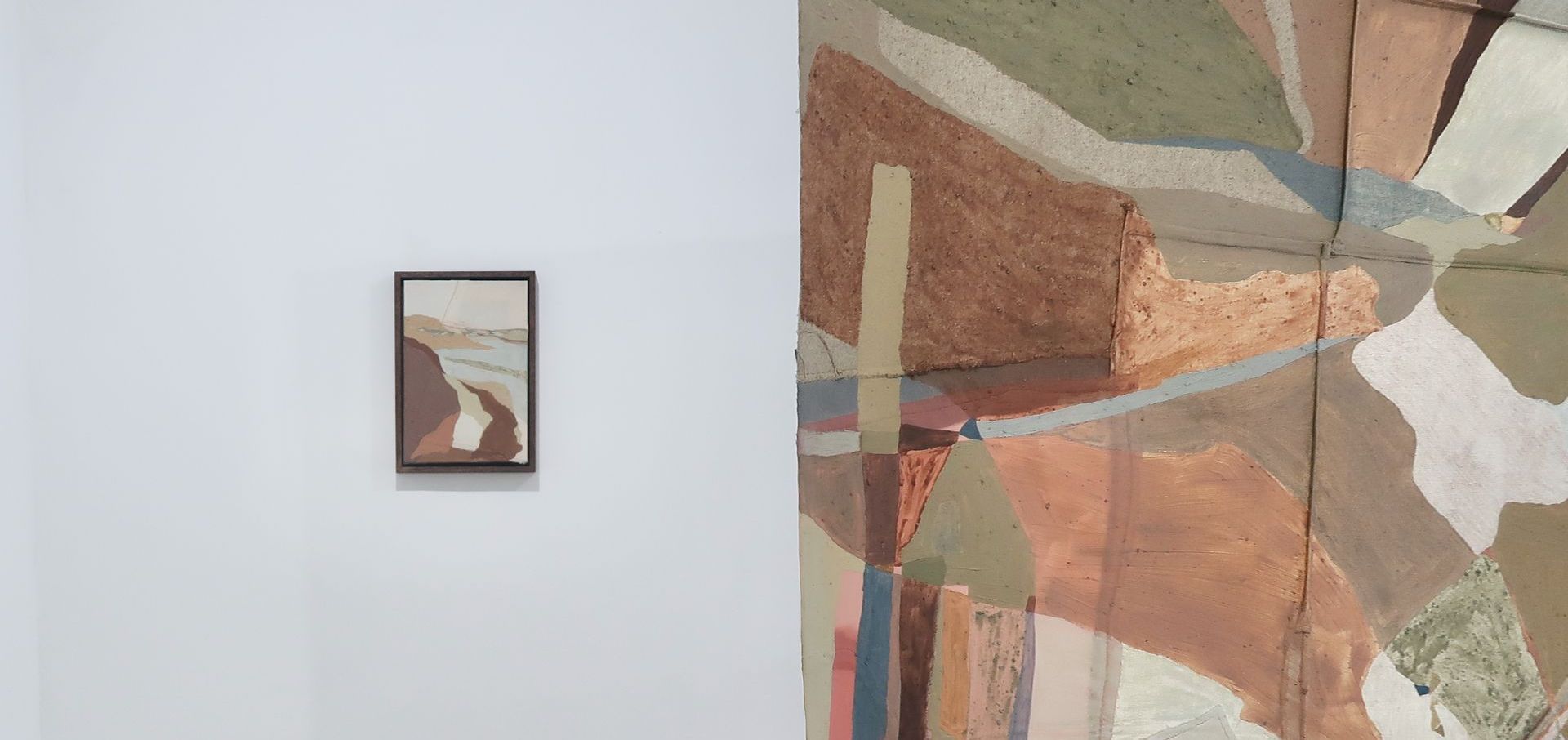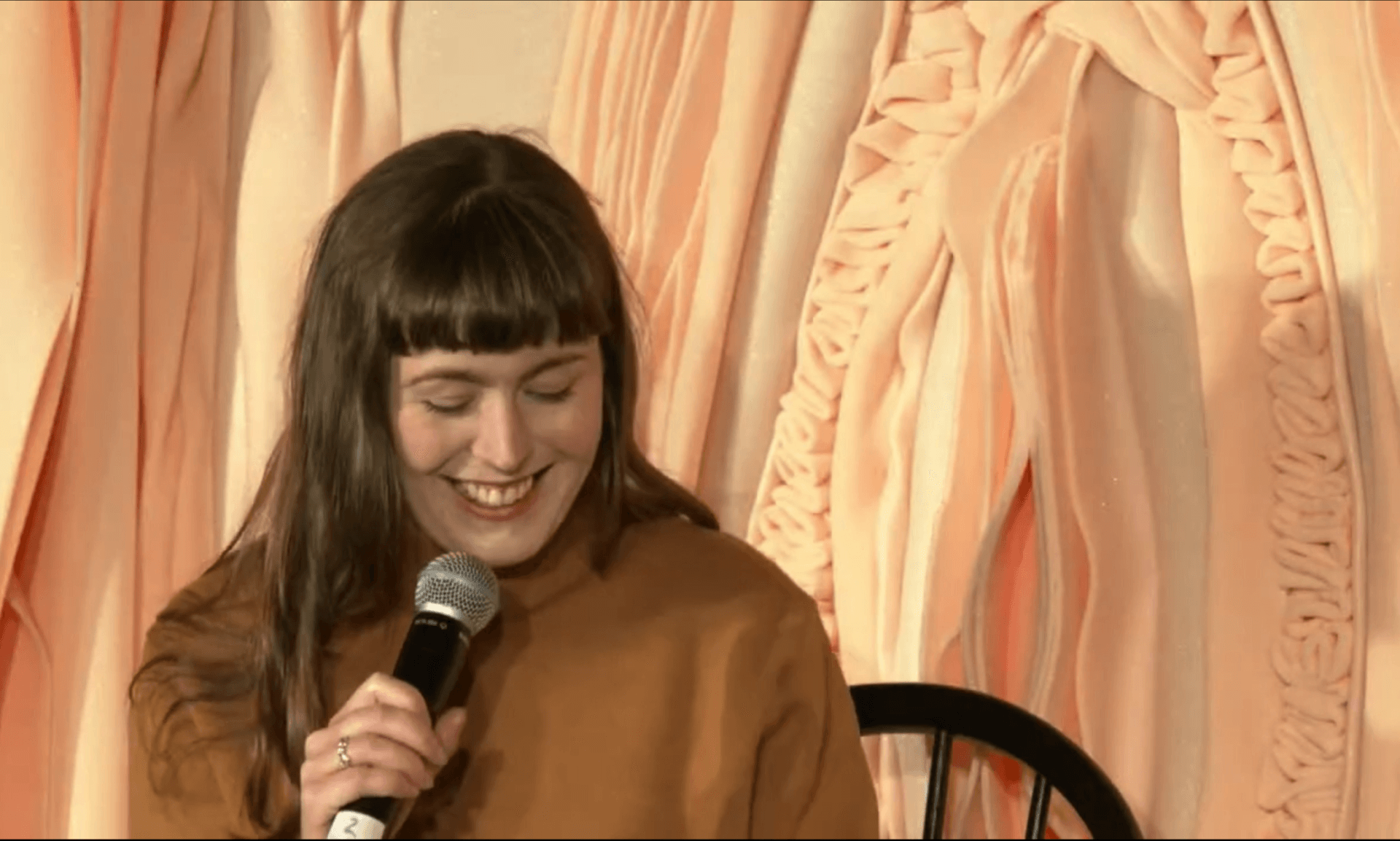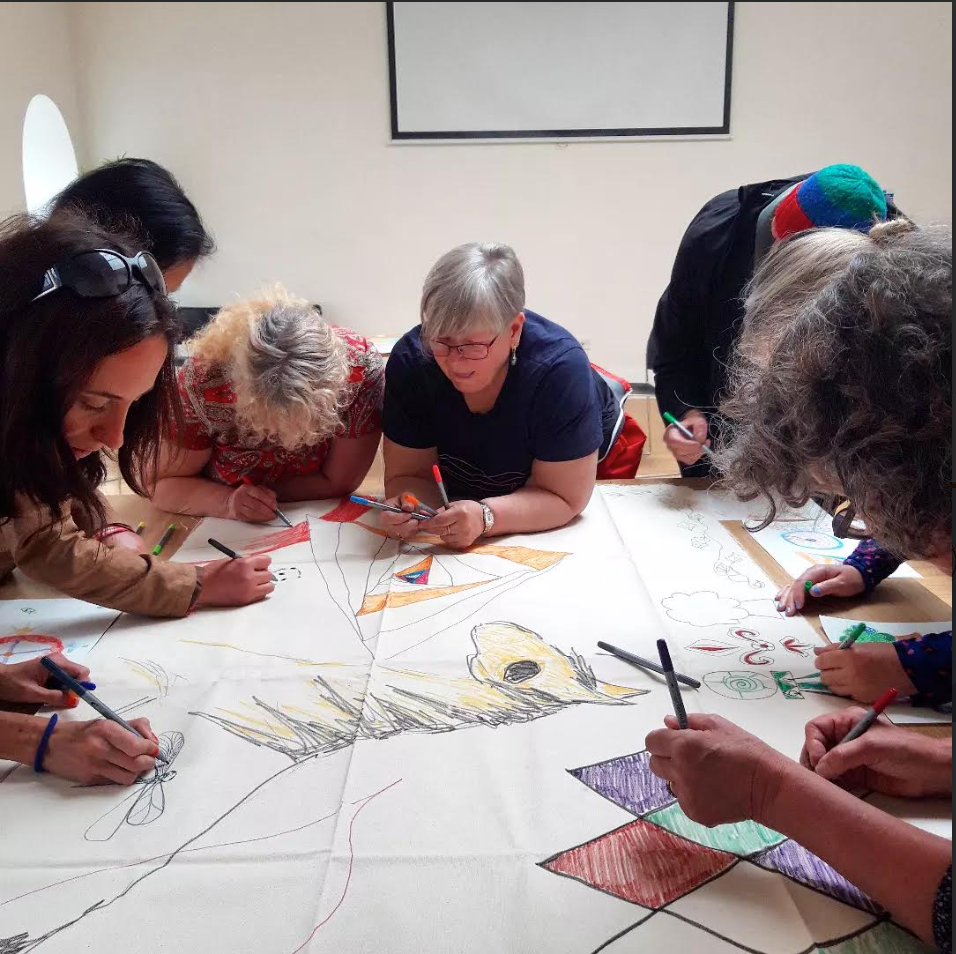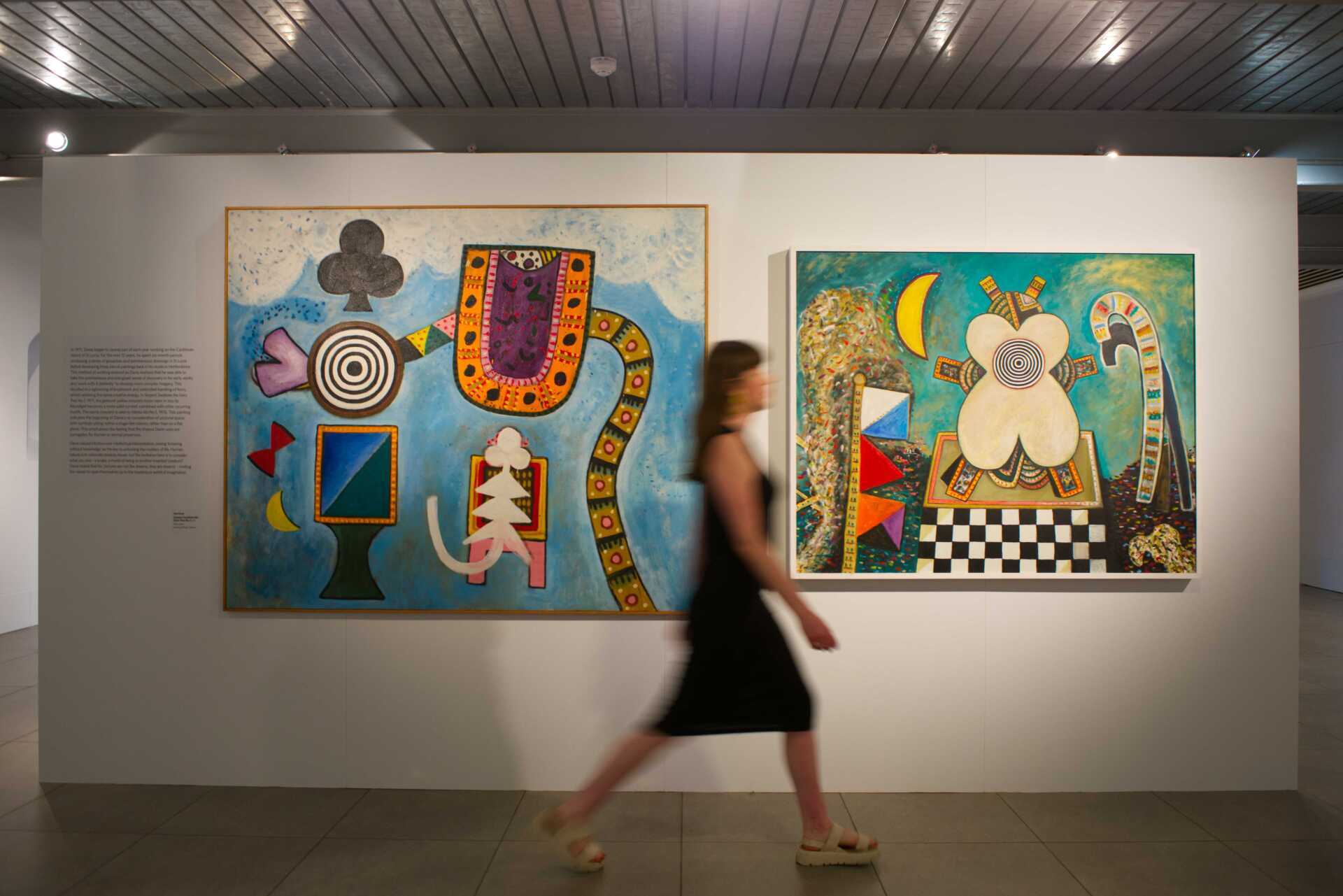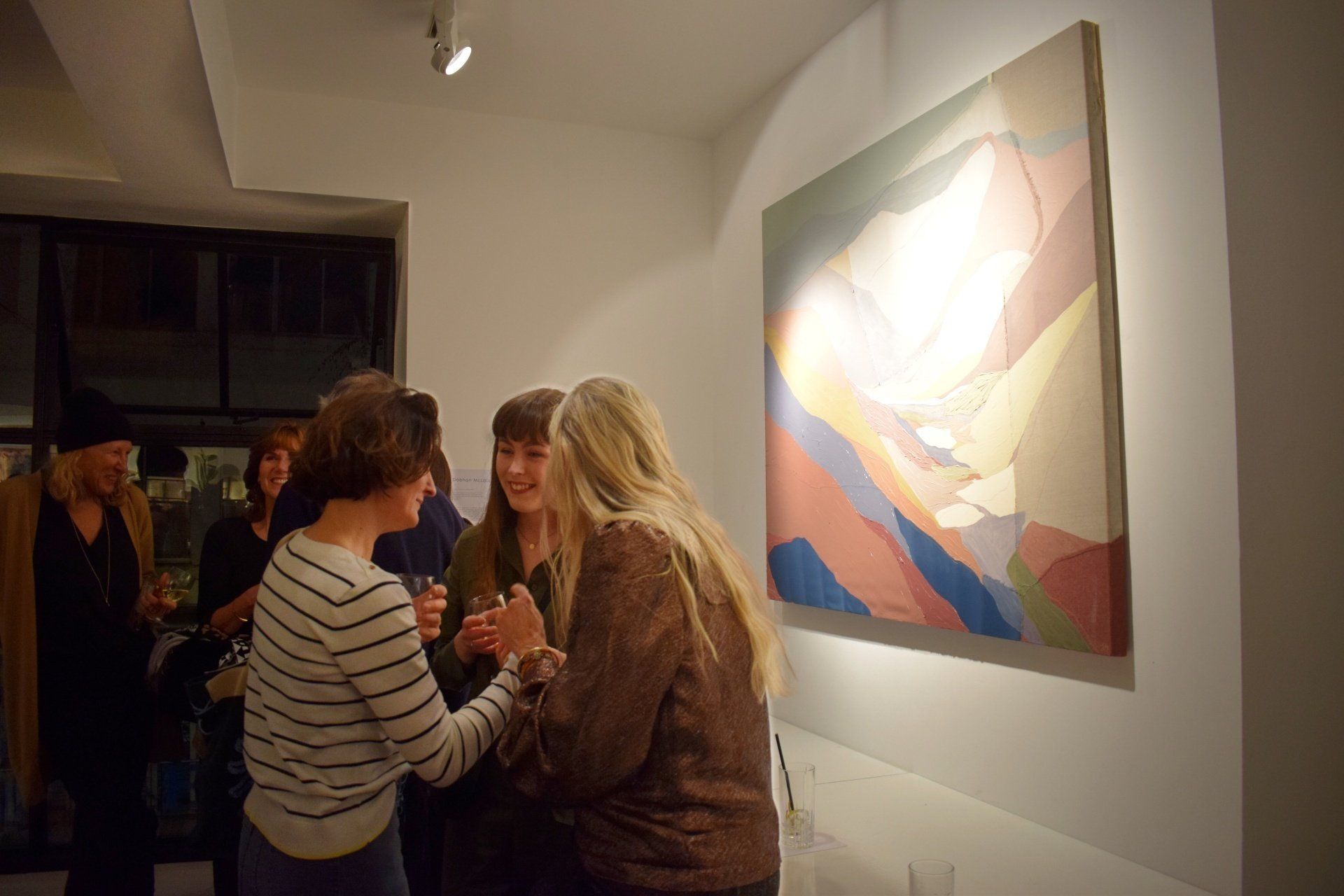Artist-as-Gardener: Thoughts on artist-run spaces
Meeting a lot of artists recently, who have such varied practices, has made me reflect on an essay I wrote back in 2018 on the role of artists in artist-run spaces. Particularly, meeting an artist who is currently studying Horticulture, got me thinking about the idea of 'artist-as-gardener'.
I've just included a wee section of the essay here, which used EMBASSY Gallery in Edinburgh as a case-study, looking at the role of the artist in an artist-run space. In this section I was processing ideas of authorship and importance given to the 'Curator' title in contemporary discourse. Curatorial/artistic practice has developed significantly since I wrote this in 2018, but I think that the 'artist-as-gardener' idea is still a nice one.
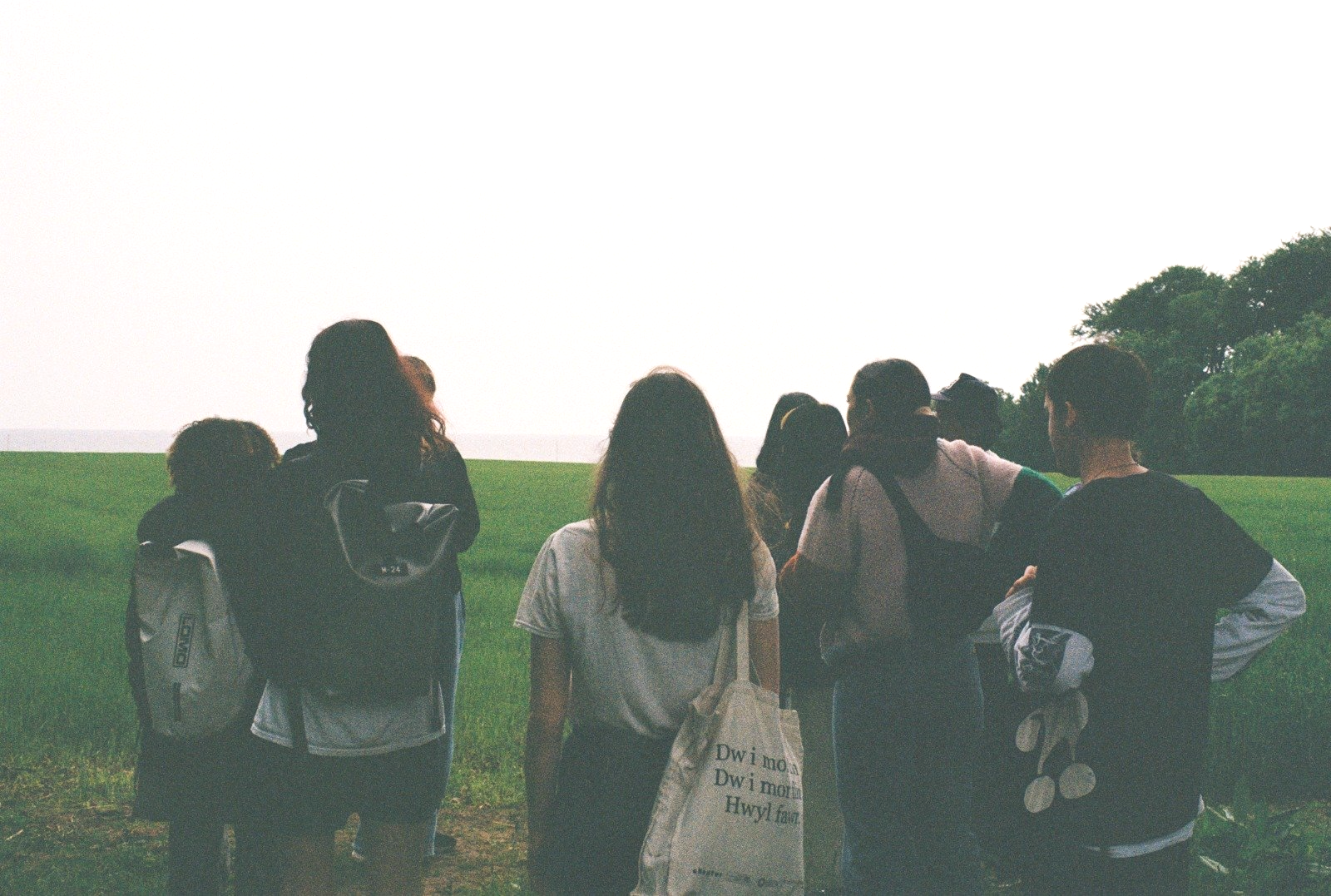
"...Forgoing authorship, and therefore disrupting a ‘market fixated on the practice of individuals’, is inherent in the structure of the artist-run space, which rejects the capitalist hierarchical structures of established museums. It is also inherent in the nature of artist-run gallery committees as being artists themselves: one Embassy co-director explained that they ‘experienced so much joy making the show that [they] didn’t need the ownership…I’m not the author, the artists’ work is what the credits should focus on’. This absence of individual authorship can be used to analyse questions surrounding to what extent the artist performs that active role within the space of an artist-run gallery. Through interviews of Embassy co-directors, an alternative term to curator-as-author and artist-as-curator was proposed: artist-as-gardener. In relation to collective authorship, the ‘seeds sown’ by one artist are picked up by another within the committee until this collaborative curating becomes an interconnected vine of ideas. As an indicator of active art practice within the artist-run space, the artist-as-gardener model describes the process of the co-director artist sowing seeds of ideas from their own personal practice, growing them in collaboration with their invited artists, so that the exhibition is both presentation of artworks and a grown stem of artistic research. The complexity of both the role of the artist co-director and the relationships that they have with other artists is something unique to artist-run spaces. In the brief history of curatorial practice, the focus on the ‘dominant single-author model’ of curation has arguably inhibited the understanding of, and expansion of academic discussion on, these complex relations within artist-run spaces."
Sources for this essay section:
Ed Compson. “Artist-Curator in EMBASSY Gallery.” Interview by the author. Edinburgh College of Art, 06/03/18.
Fotiadi, Eva. "The Canon of the Author. on Individual and Shared Authorship in Exhibition Curating*." Journal of Art Historiography, 2014.
https://search.proquest.com/docview/1638900297?accountid=10673
Shah, Zarmeene. “Notes on Curating: The Curator as Mediator”. Art Now, 2017.
http://www.artnowpakistan.com/notes-on-curating-the-curator-as-mediator/
Stallabrass, Julian. High Art Lite : British Art in the 1990s. London: Verso, 1999.
